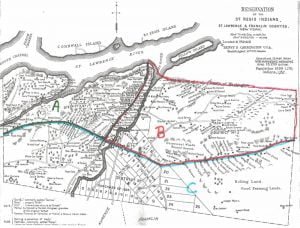Religion of the Six Nation Tribes
With the exception of the Tuscaroras, each of the Six Nations has one or more council houses, in which the people assemble for business or purely Indian ceremonies, religious or social. There is also a council house or town hall on the Mount Hope road of the Tuscarora reservation, but the pagan party has no footing among this people. The council houses, formerly built of logs, are practically in disuse, and frame buildings, about 40 by 80 feet, with fireplace or simple chimney at each end, which allows separate sittings for the sexes, have taken their place. A new building … Read more

